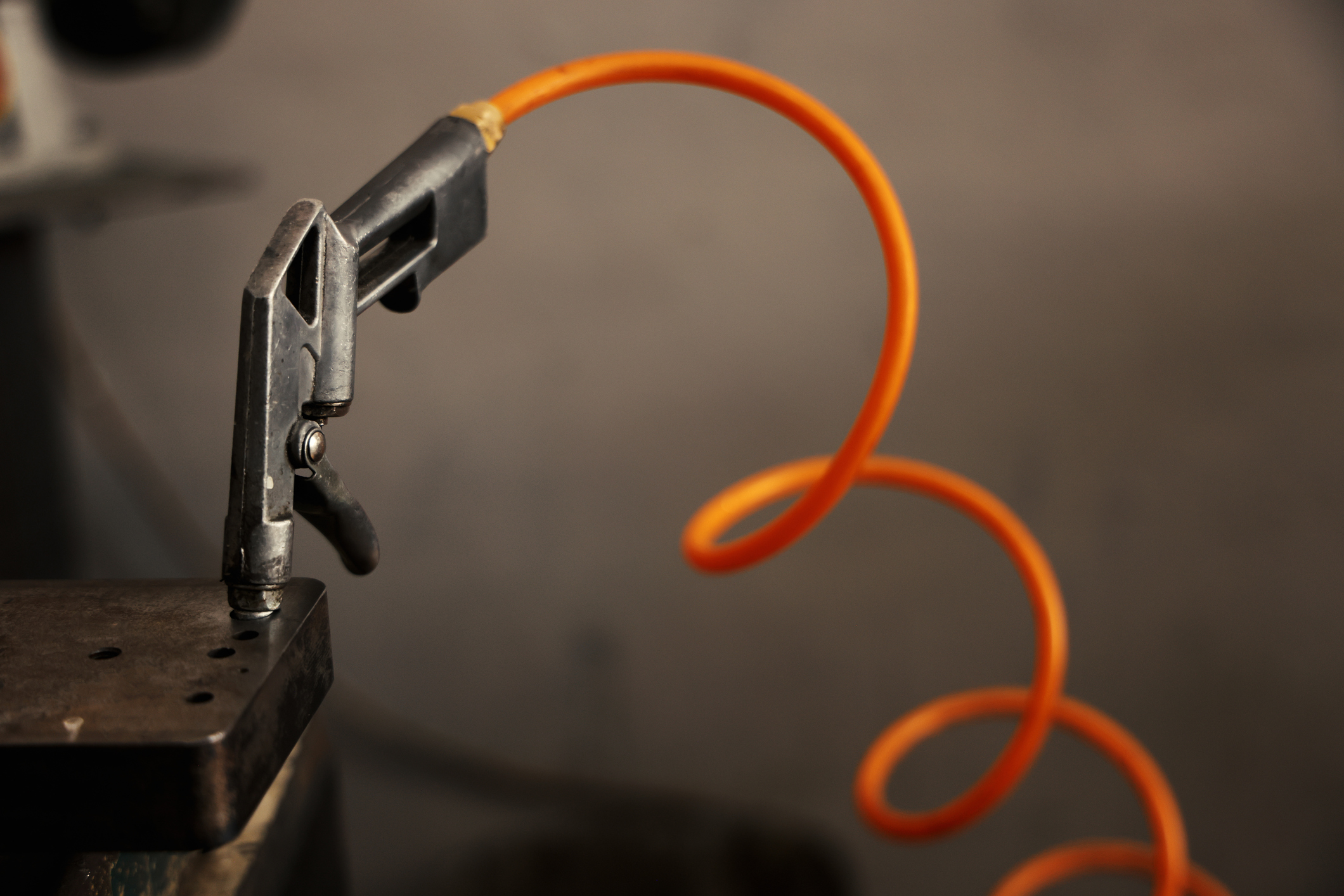6 Tips for Working Safely with Compressed Air
Compressed air has many uses in the workplace. It can be utilized for inflating tires, powering pneumatic tools, and pneumatic pumps. Many workers also use it for cleaning purposes. And, unfortunately, many employees fail to take necessary safety precautions because they are unaware that compressed air has the ability to cause serious injuries and even fatalities in the workplace.
These workplace injuries led OSHA to create a specific regulation regarding the use of compressed air for cleaning. CFR 29 1910.242 (b) states
“Compressed air shall not be used for cleaning purposes except where reduced to less than 30 psi and then only with effective chip guarding and personal protective equipment.”
OSHA adopted this regulation for a number of reasons. A highly pressurized air nozzle can become a weapon, create a noise-filled work environment, cause respiratory hazards, or cause a serious medical condition known as an air embolism.
Because of this safety concern, it is imperative that employees understand they CANNOT use compressed air for cleaning dust off themselves. The risk of injury is simply too great.
An air embolism, in a medical context, refers to an air or gas bubble moving through the bloodstream. If an employee has an open wound on their arm and they use compressed air to clean the dust off their body, there is a risk of creating an embolism.
Embolisms in the bloodstream are known to cause comas, paralysis, or even death depending upon their size, duration, and location.
Tools to Help Use Compressed Air Safely
Because of the various safety concerns, air blow guns can be fitted with various safety devices such as an adjustable air pressure regulator. The pressure regulator is used to turn down the psi output for that individual air hose.
Another type of safety device that can reduce the gun’s air pressure is a nozzle that has one or more relief ports. Not only can this type of nozzle reduce air pressure, but if a metal piece is lodged in the end of the extra air outlet nozzle, the air will be forced out the side outlets instead of putting force behind the metal projectile.
Additional protection may be necessary if there is an added hazard of flying particles. Effective chip guarding uses a screen or barrier in order to prevent a chip or particle from being blown into a worker’s eyes or skin.
Some state agencies go beyond federal regulation. Check your local or state regulations as they may differ from the federal regulation we’ve discussed here.
For example California has adopted California General Industry Safety Orders Group 2 Article 7 Section 3301 (a):
“Compressed air or other compressed gases in excess of 10 pounds per square inch gauge shall not be used to blow dirt, chips, or dust from clothing while it is being worn.”
Guidelines for Using Compressed Air
- Use a properly rated nozzle with an output of 30 psi or less for any air guns being used for cleaning purposes.
- Only use air guns that have a safety nozzle or chip guarding, which protects against potential projectiles.
- Minimize the use of compressed air cleaning by using filtered shop vacs, sweeping, and wet method collections.
- Fit air lines used for compressed air cleaning with pressure regulators.
- Check your local regulations to see if your state requires a psi pressure of less than 15.
- Communicate and train employees on the hazards associated with using compressed air. Ensure they understand that horseplay is never allowed when using compressed air.
As a reminder, keep air hoses rolled up and off the ground to prevent tripping hazards. And do not use hose clamps to repair compressed air hoses.
KPA EHS helps you develop a comprehensive EHS program that harnesses technology, best practices, and the concerted efforts of your workforce to maintain a safe and productive workplace. Contact us to learn more.

